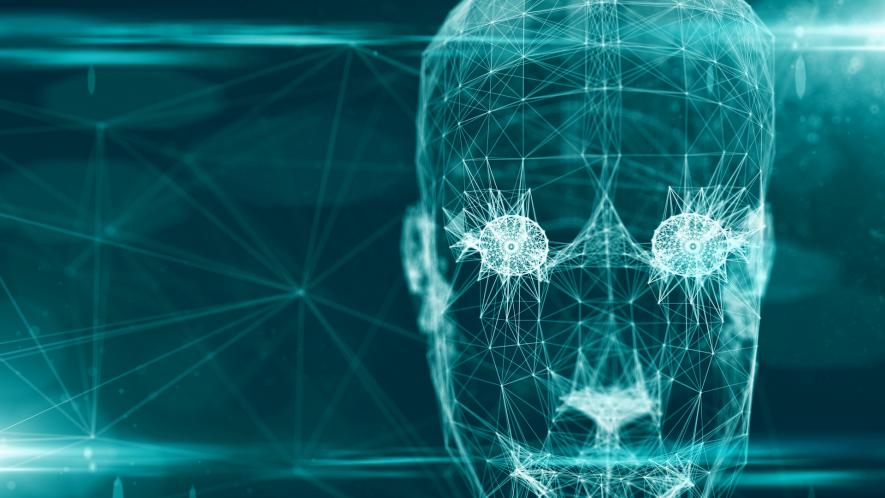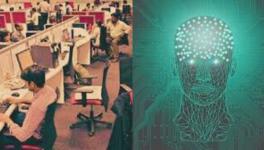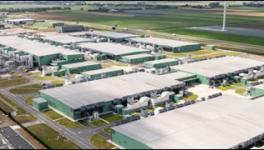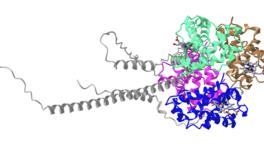Artificial Intelligence In The Prediction Of Earthquake Aftershocks

Aftershocks, following big earthquakes can be as much or even more devastating as the main shocks. But predicting the locations of aftershocks has left seismologists and geo physicistson a back-foot. Bringing hopeisa recent study, which analysed huge earthquake datawith the application of Artificial Intelligence (AI), and it is expected to be potentially better in predicting the aftershock locations in comparison to the traditional methods.
In cases of big earthquakes mostly what happens is that the aftershocks keep on coming even after the main shock has passed. Scientists say that aftershocks can be recorded even after a century of the main shocks. There are examples where it has been observed that the devastation caused by the aftershocks can be even more than the main earthquake. The earthquake that occurred in New Zealand in 2010 was greater in magnitude during its initial shocks. But more devastation was caused by the after shocks which occurred 5 months later. Predicting the locations of probable aftershocks is of utmost necessity for saving lives and damages. While the traditional way of predicting aftershocks have failed in many instances, this newly developed model can be helpful in the future.
Scientists traditionally employed the technique where the changes in the stress of the nearby rocks are calculated and used to predict how likely a place is going to have the tremors of aftershocks. However, these methods may not work successfully in all instances.
In their study, Phoebe M.R DeVries and his colleagues adopted the technique of AI. From the huge data available regarding the earlier earthquakes, DeVries et al took more than 131,000 main shock and aftershock earthquake data. The researchers then developed a Neural Network model and trained the network with the data they considered.
The idea of the neural network model is based on the functioning of the human brain.This model functions by receiving input from the outside world, processing it,and then deciding what to bring out as the correct output. What decision a neural network takes is based on how it is being trained or modelled. In the model developed by DeVries et al, they divided the area, where the main shock occurred, into a grid of cells. Each cell spans an area of 5 kilometers to a side surrounding the main shock. Then they trained the model in a way that can predict the location of future aftershocks. In the first place they told the network about the occurrence of an earthquake, and then fed it with data on how the earthquake changes the stress of the ground in the nearby areas. The nearby areas are within the cells of the grid. So in the process of training, the center of each grid cell will know the change in ground stress after the earthquake has occurred. Then the scientists asked the neural network what is the probability of aftershock that each grid cell can generate.
The researchers tested their model on 131,000 main shock-aftershock events and their model could predict the locations of the aftershocks in a far better way than the traditional methods. The success of this model in saving lives and property can only be seen in the future.
Get the latest reports & analysis with people's perspective on Protests, movements & deep analytical videos, discussions of the current affairs in your Telegram app. Subscribe to NewsClick's Telegram channel & get Real-Time updates on stories, as they get published on our website.
























